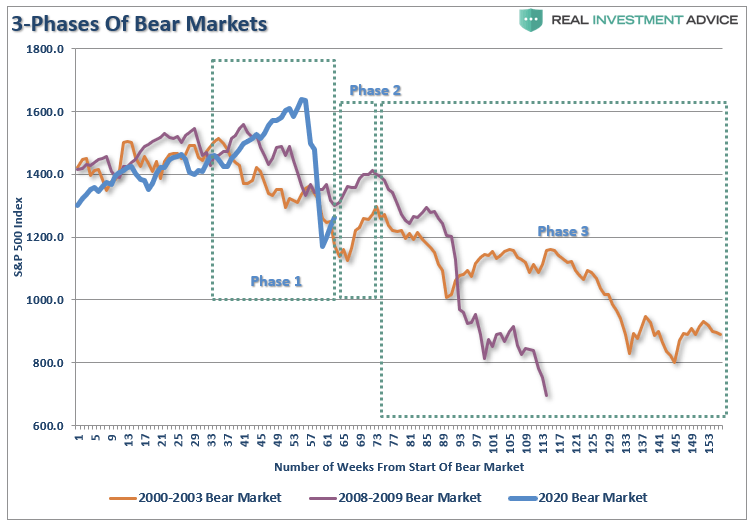As an investor, you are well aware of the unpredictable nature of the stock market. The highs and lows, the twists and turns can leave even the most seasoned investor feeling uncertain. In times of market decline, however, there is an opportunity for those who understand the art of shorting stocks to not just survive but thrive. In this blog post, we will delve into the concept of shorting stocks – what it means, how it works, and the potential rewards and risks it offers. By the end, you will have a better understanding of how to ride the waves of market uncertainty and make your portfolio shine.
Defining Short Selling
A fundamental concept to grasp when exploring shorting stocks is the idea of short selling. Short selling involves borrowing and selling stocks with the intention of buying them back at a lower price, thereby profiting from the difference. This practice differs from traditional investing where investors buy stocks in anticipation of their value increasing over time. Short selling primarily thrives during bearish market phases.
How Shorting Stocks Works
Identifying potential shorting opportunities is crucial when venturing into short selling. This can be achieved through various methods, including fundamental and technical analysis. Fundamental analysis allows investors to recognize overvalued companies, while technical analysis involves examining stock price patterns and indicators to identify potential declines in value.
Once you’ve identified a stock to short, the process of executing a short sale transaction begins. This involves locating shares to borrow, usually with the assistance of a broker. Once the shares are secured, a sell order is placed to open a short position. From there, it is essential to closely monitor the short position’s performance and potential risks, considering the possibility of market fluctuations and adverse price movements.
Risks and Rewards of Shorting Stocks
Shorting stocks presents potential rewards that can be harnessed during bearish markets. Firstly, it provides an opportunity to profit from market declines. When executed correctly, short selling can generate significant returns as stock prices decrease. Shorting stocks can also act as a hedging strategy, allowing you to offset potential losses in your long positions during bearish market conditions. Furthermore, short selling enables contrarian investors to take advantage of market pessimism, potentially leading to greater profitability.

Image courtesy of seekingalpha.com via Google Images
Despite the potential rewards, shorting stocks carries significant risks and challenges. One major risk lies in the potential for unlimited losses in contrast to traditional investing. When shorting a stock, the price can theoretically continue to rise indefinitely, resulting in substantial losses. Additionally, timing the market correctly is crucial for successful short selling. Predicting when a stock’s price will decline requires careful analysis and market insight. Lastly, short sellers are also vulnerable to short squeezes and margin calls, which can force them to cover their positions at unfavorable prices.
Strategies Employed in Shorting Stocks
When engaging in short selling, there are several strategies that can be employed to mitigate risks and enhance potential returns. One such strategy is utilizing put options. Put options give the holder the right to sell the underlying stock at a specified price for a predetermined period. By buying put options, short sellers can reduce their risk exposure, allowing them to profit if the stock’s price declines within the set timeframe.
Another strategy is pair trading, which involves simultaneously holding a long position in one stock and a short position in another. The idea behind pair trading is to maximize returns by capitalizing on the relationship between two correlated stocks. By carefully selecting two stocks with a historical correlation, investors can profit from the relative performance between the two. This strategy allows investors to generate profits regardless of the overall market direction.
In Conclusion
Shorting stocks is an intricate and potentially lucrative practice that can help investors navigate market uncertainty. Understanding the art of short selling provides opportunities to profit from market declines, hedge against losses, and take advantage of contrarian investing. However, shorting stocks also carries significant risks, including unlimited losses and the need for precise market timing. It is important to approach short selling with caution and thoroughly research strategies such as put options and pair trading for enhanced risk management and potential profitability. By carefully considering these strategies, you can ride the waves of market uncertainty, making your portfolio shine even in the face of declining markets.



